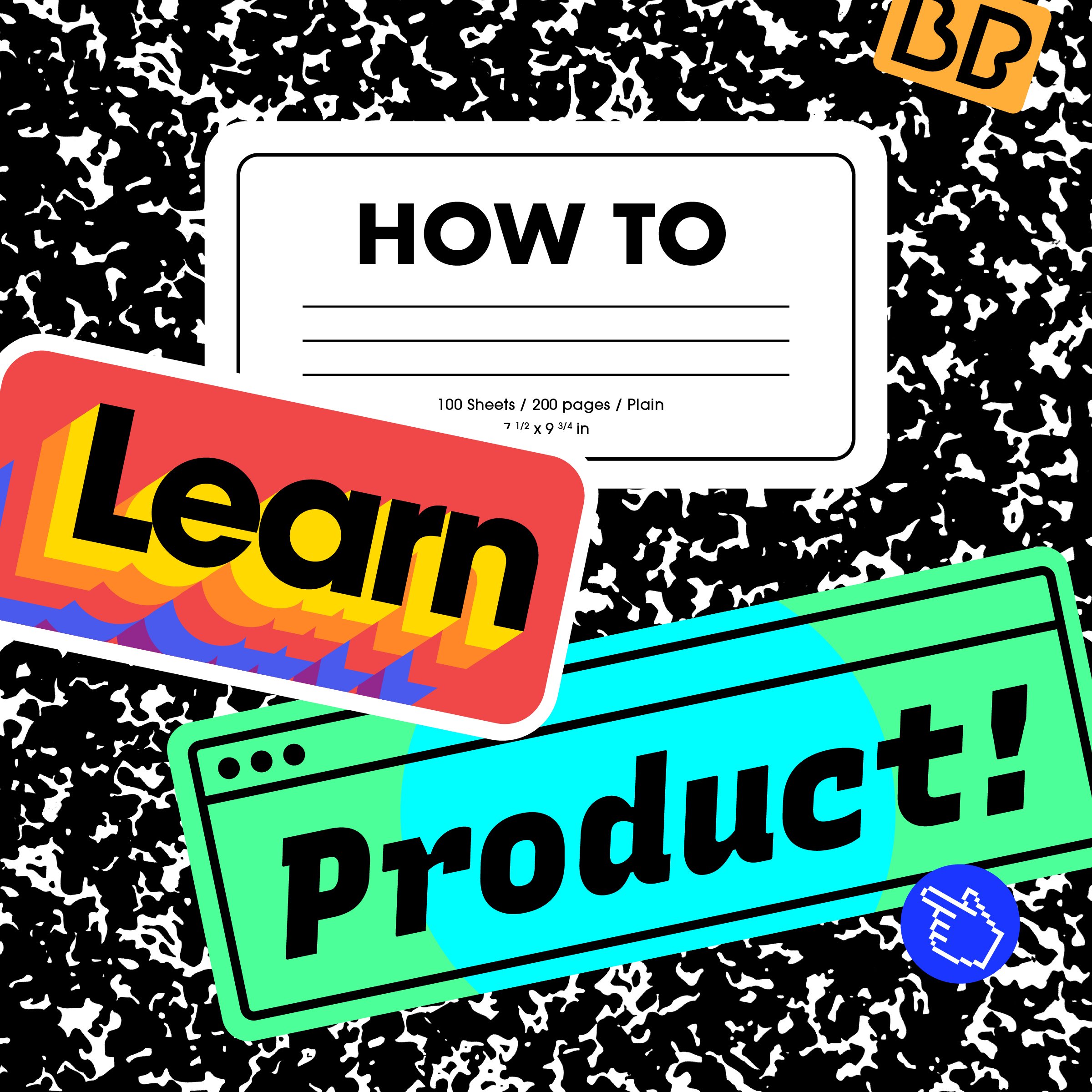
How to Learn Product: Building Products for Product Teams

Throughout Better Product, we’ve featured product leaders in all stages of their careers. With a specific focus on the feedback, our community helps to determine areas of focus. As we continue with our How to Learn Product series, we revisit past conversations pulling out new insights.
In this episode, we feature insights from Justin Bauer, VP of Product at Amplitude Analytics, Hubert Palan, Founder and CEO of ProductBoard, and Brian Crofts, Chief Product Officer at Pendo. These guests all had one key thing in common. They represent companies that build products for product people. As we share their genius, you’ll hear them illustrate how pivotal the role of the product manager is and their predictions for the role.
If you’re looking to connect with other product managers or product professionals in all stages, be sure to join the Better Product Community.



